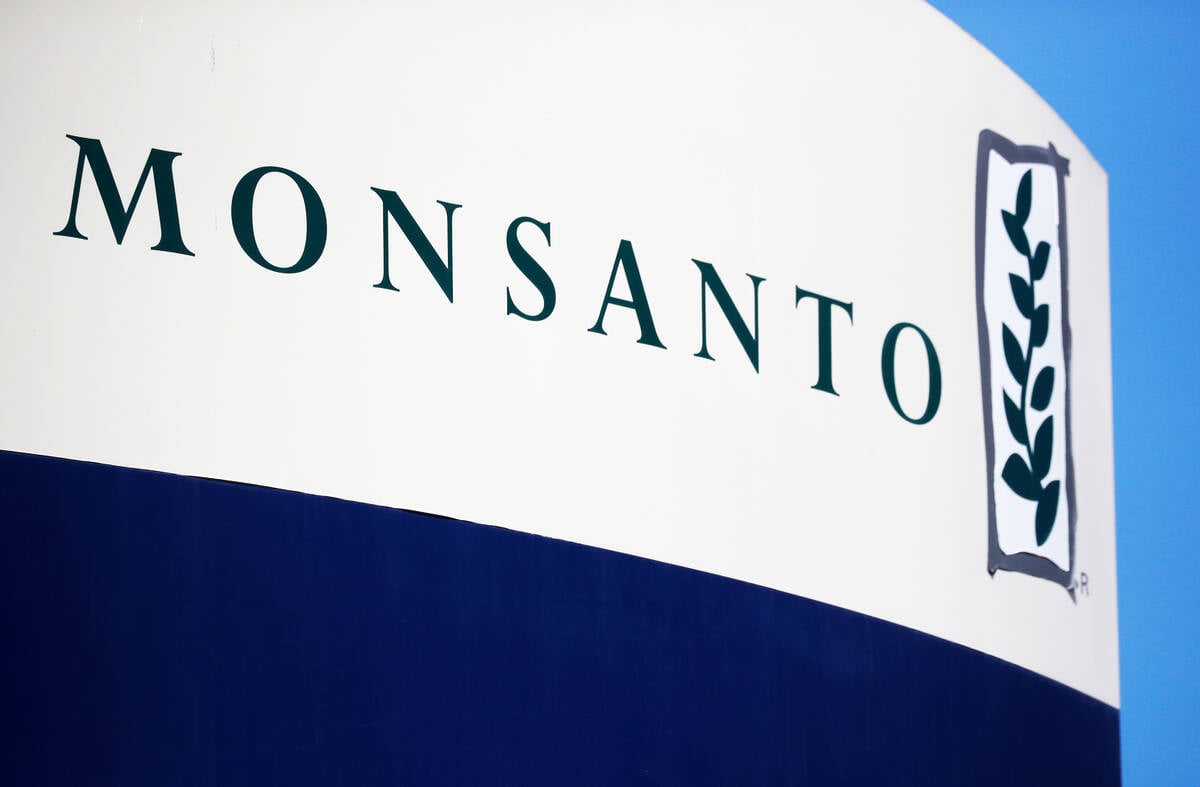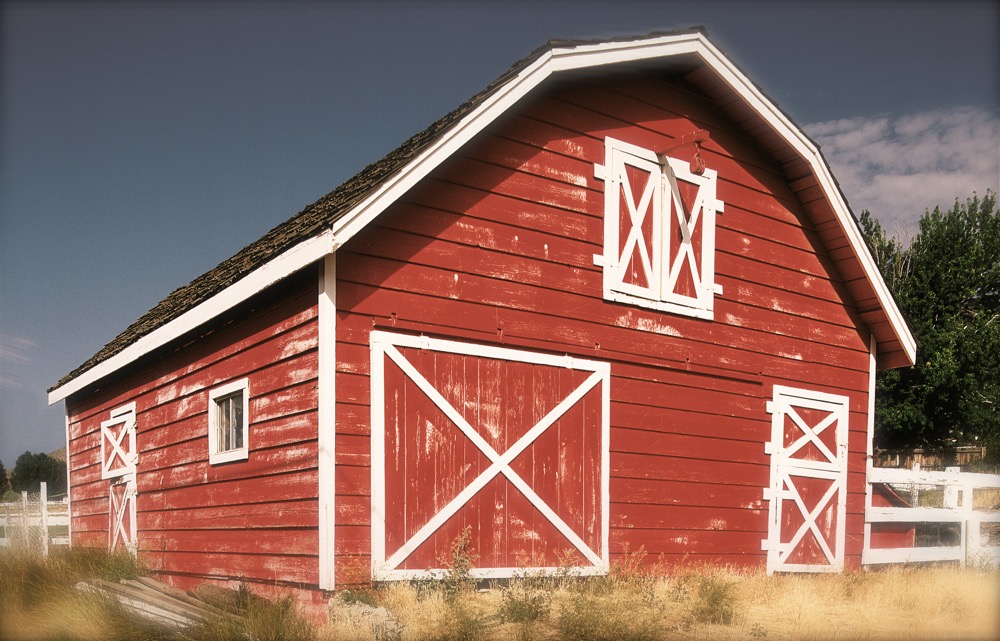Canadian farm writers tackled a thorny subject at their recent annual meeting in Calgary — bridging the urban-rural divide.
True to form, some speakers took a contrarian view, starting with the conference’s red hip-roofed barn logo.
“The little red barn doesn’t exist anymore,” said Robert Saik, CEO of Agri-Trend. “That’s the problem. People’s romanticized view of agriculture doesn’t exist anymore.”
He’s right when it comes to commodity agriculture, which is increasingly focused on exports. And it certainly applies to some of the farms the bus tours visited. But operations that are focused on direct to consumer remain heavily reliant on a romanticized agricultural tradition, because they are appealing to consumers seeking to renew their connection to food production.
Read Also

Roundup retraction makes public trust ripples
A foundational study on glyphosate safety was recently retracted, while Roundup maker Bayer has already said it may ditch the key agricultural herbicide after lawsuits piled up.
The panellists, who represented farmers, retailers, food service and academia, generally agreed that there is much more work to do in helping the non-farming public better understand food production.
But knowing how to reach out is difficult.
“The bulk of people in Canada doesn’t care, they just want good-quality food, but some care a lot,” noted Ray Price, co-founder of Sunterra Farms and Sunterra Market.
For some, it is a matter of giving consumers what they say they want, which is how A&W burger chain responded to consumer concerns about growth hormones and antibiotics. For others it is about outreach efforts aimed at correcting misinformation.
Trish Salhstrom, A&W’s vice-president of purchasing and distribution for Canada, did her own part to set the record straight with cattle producers miffed that the company now imports beef for its burgers with no artificial hormones and antibiotics.
Contrary to what many believe, Sahlstrom said the company did attempt to use domestic supplies, but found major feeders were not interested. “We were told, ‘we think you are wrong and we don’t do it that way,’” she said. “We were told pretty flatly no.”
The company is able to source all of its chicken and eggs from Canadian suppliers she said, noting she expects the same will eventually be true of beef.
By far, the most controversial statement of the day came from Price, a farmer whose company now owns nine food retail locations in Alberta. While it’s common to see bumper stickers saying that ‘if you’ve eaten today, thank a farmer,’ “sometimes I think we should be more appreciative of our consumers,” he said. “If you’ve farmed today, thank a consumer.”
















